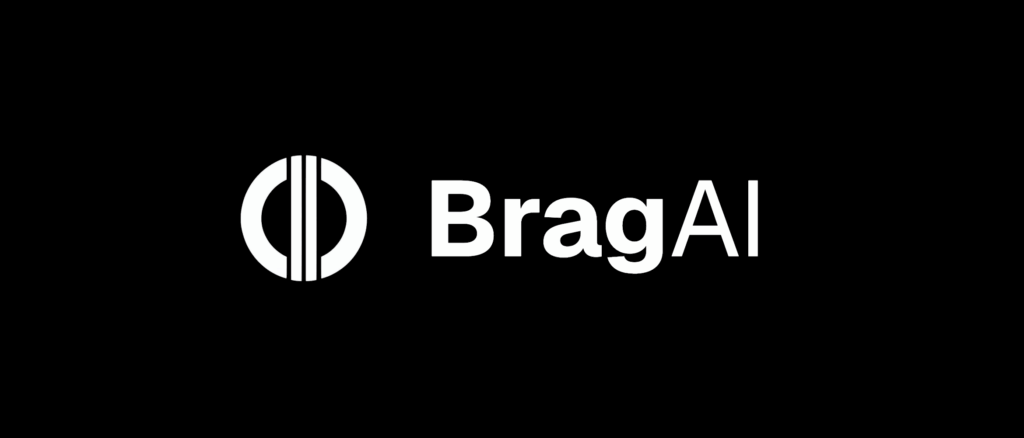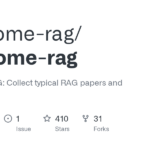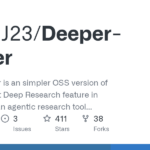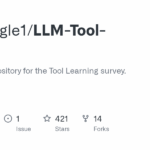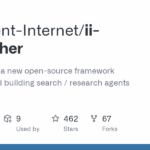bRAG langchain
Basic Information
This repository is a hands-on collection of notebooks and resources for exploring and building Retrieval-Augmented Generation (RAG) systems using LangChain and common vector stores. It targets developers and researchers who want step-by-step, runnable examples that cover the full lifecycle of a RAG pipeline from environment setup to advanced retrieval strategies. The project includes a boilerplate starter notebook (full_basic_rag.ipynb) and five sequential notebooks that introduce basic RAG concepts, multi-query construction, routing and query structuring, multi-representation indexing and advanced retrieval methods, and retrieval plus reranking workflows. The README documents required Python version (3.11.11), virtual environment practices, dependency installation, and an example .env with keys for OpenAI, LangSmith, Pinecone and Cohere so users can connect to embeddings, vector stores and re-ranking services.

